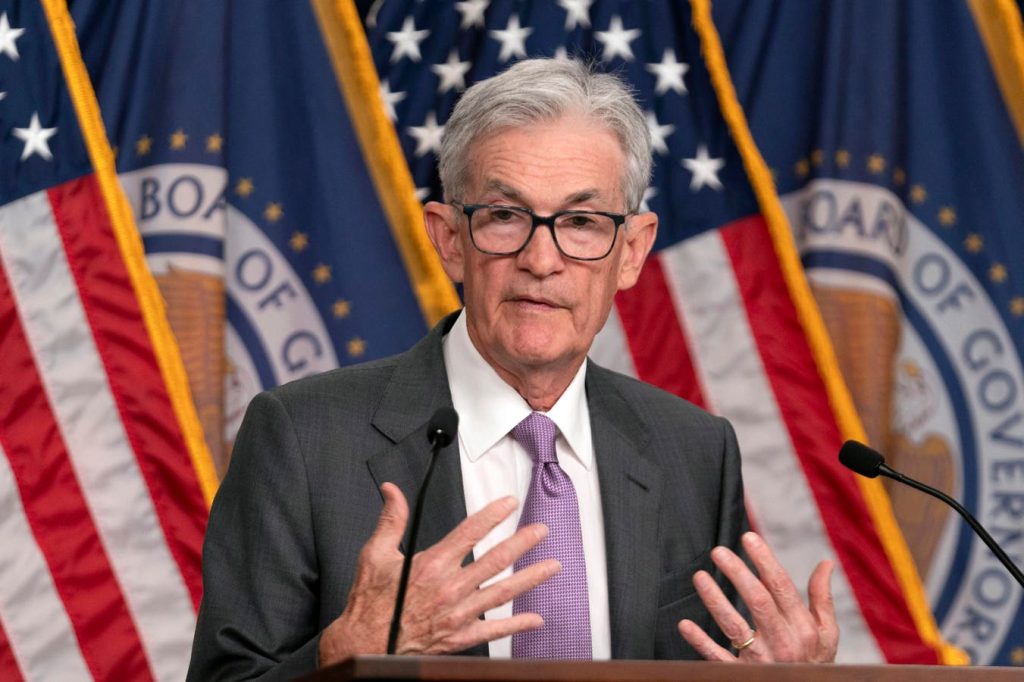July’s Consumer Price Index inflation report is expected to continue the pattern of disinflation seen in recent months. Current expectations for a September rate cut are relatively high, so it is unlikely that anything but most alarmingly high CPI inflation data would prompt the Federal Open Market Committee to avoid a broadly anticipated interest rate cut at their next scheduled meeting on September 18.
Release Timing
July’s Consumer Price Index inflation data will be released on August 14, 2024, at 8:30 a.m. ET. June’s headline CPI data saw -0.1% monthly price change and 0.1% for core CPI. Core CPI removes moves in food and energy prices. June’s CPI report posted 3% headline CPI annual inflation and 3.3% core inflation.
Inflation Nowcasts and Forecasts
Nowcasts for inflation from the Federal Reserve Bank of Cleveland project that headline CPI will come in at 0.24% for the month of July and core CPI, which removes trends in food and energy prices will be 0.27%.
The Personal Consumption Expediture Price Index, scheduled to be released on August 30, is expected to show a similar pattern with 0.2% headline monthly inflation and 0.22% core inflation on current estimates. Those estimates, should they hold, broadly equate to 2% to 3% annualized inflation. As such, it is unlikely that July’s inflation report will concern the FOMC.
The prediction market Kalshi pegs July CPI at a 2.9% annual rate currently, this also suggests the July’s CPI report should continue the disinflation trend in the U.S..
In addition, energy costs have moved lower since early July, and that may prompt further disinflation in the short term.
The Increasing Importance of Jobs Data
With the surge in inflation since 2021 it’s understandable that inflation has received the bulk of the FOMC’s attention over recent years. However, as inflation has come closer to the FOMC’s target over the past year, jobs data has become more relevant to the FOMC’s decision making process.
That’s because inflation at approximately 3% is now relatively close to the FOMC’s 2% annual target. However, the FOMC’s other goal is full employment and unemployment has moved up steadily from a low of 3.4% last summer to 4.3% according to the July jobs report. That increase in unemployment may be enough to slow economic growth, and may be sufficient to motivate the FOMC to ease back from their currently relatively restrictive position on interest rates. Therefore inflation is perhaps no longer the critical data that FOMC is focused on.
What To Expect
It’s likely that July’s inflation report will sustain the trend of relatively subdued inflation from recent months, according to nowcasts. That alone may be sufficient for the FOMC to lower rates in September, as markets broadly anticipate.
However, the jobs market is appears to be weakening. That’s as compared to the very low unemployment seen in summer 2023. Therefore, it does seem probable that July’s inflation report will be less central to the FOMC’s decision making than it has been in recent years. Should inflation continue to cool, the FOMC may watch the jobs market ever more closely.
Read the full article here

